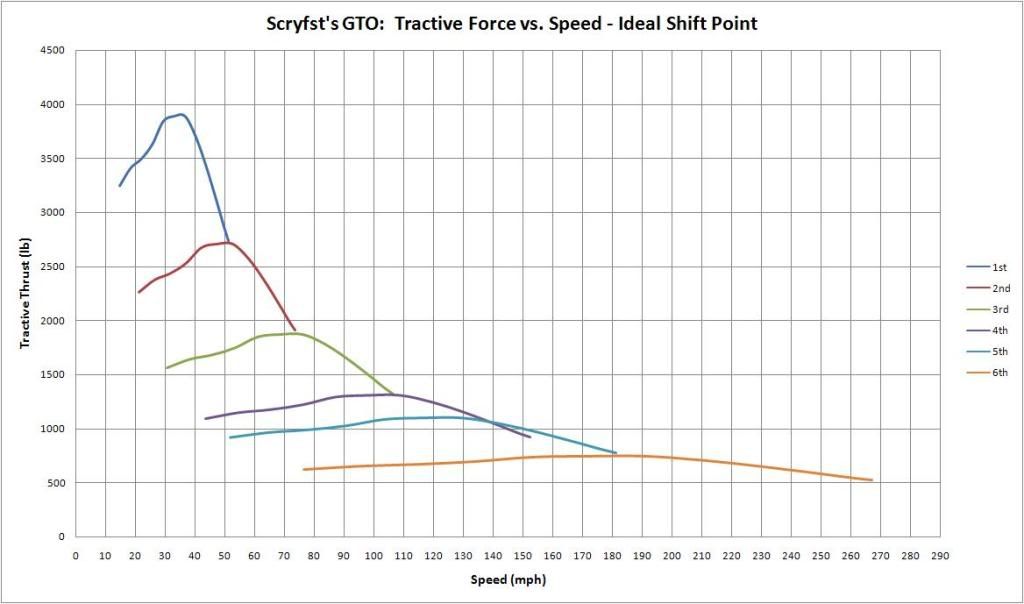I'm just curous if there is a way to determine a good redline on my 360, I just don't want to rev it beyond what it can safely handle.
It currently has about 500 miles on it, Ive been starting to get the revs up more and more frequently now, not just little bursts when the motor was newer. The highest I've taken it is a bit under 5k, and seems pretty happy and eager to go there. Its an LA360, ARP rod bolts with stock rods and crank (new bearings of course), with kb 107 pistons. I have the single springs recommended for the comp XE268 FT cam I have. Roller rockers and an 8 quart oil pan (bad for the street I know :banghead
I've read that for every 1000rpm you should have about 10psi of oil pressure. Hot I have about 43-45 psi @850-900rpm, and cruising @2000 I have about 64psi. I know my cam is good up to about 5600RPM, and I have enough oil pressure. Would the 5600RPM be safe? Its a street car with occasional trips to the track. Essentially I just want to know the limits of the motor so I can stay very far away from that point.
It currently has about 500 miles on it, Ive been starting to get the revs up more and more frequently now, not just little bursts when the motor was newer. The highest I've taken it is a bit under 5k, and seems pretty happy and eager to go there. Its an LA360, ARP rod bolts with stock rods and crank (new bearings of course), with kb 107 pistons. I have the single springs recommended for the comp XE268 FT cam I have. Roller rockers and an 8 quart oil pan (bad for the street I know :banghead
I've read that for every 1000rpm you should have about 10psi of oil pressure. Hot I have about 43-45 psi @850-900rpm, and cruising @2000 I have about 64psi. I know my cam is good up to about 5600RPM, and I have enough oil pressure. Would the 5600RPM be safe? Its a street car with occasional trips to the track. Essentially I just want to know the limits of the motor so I can stay very far away from that point.

















